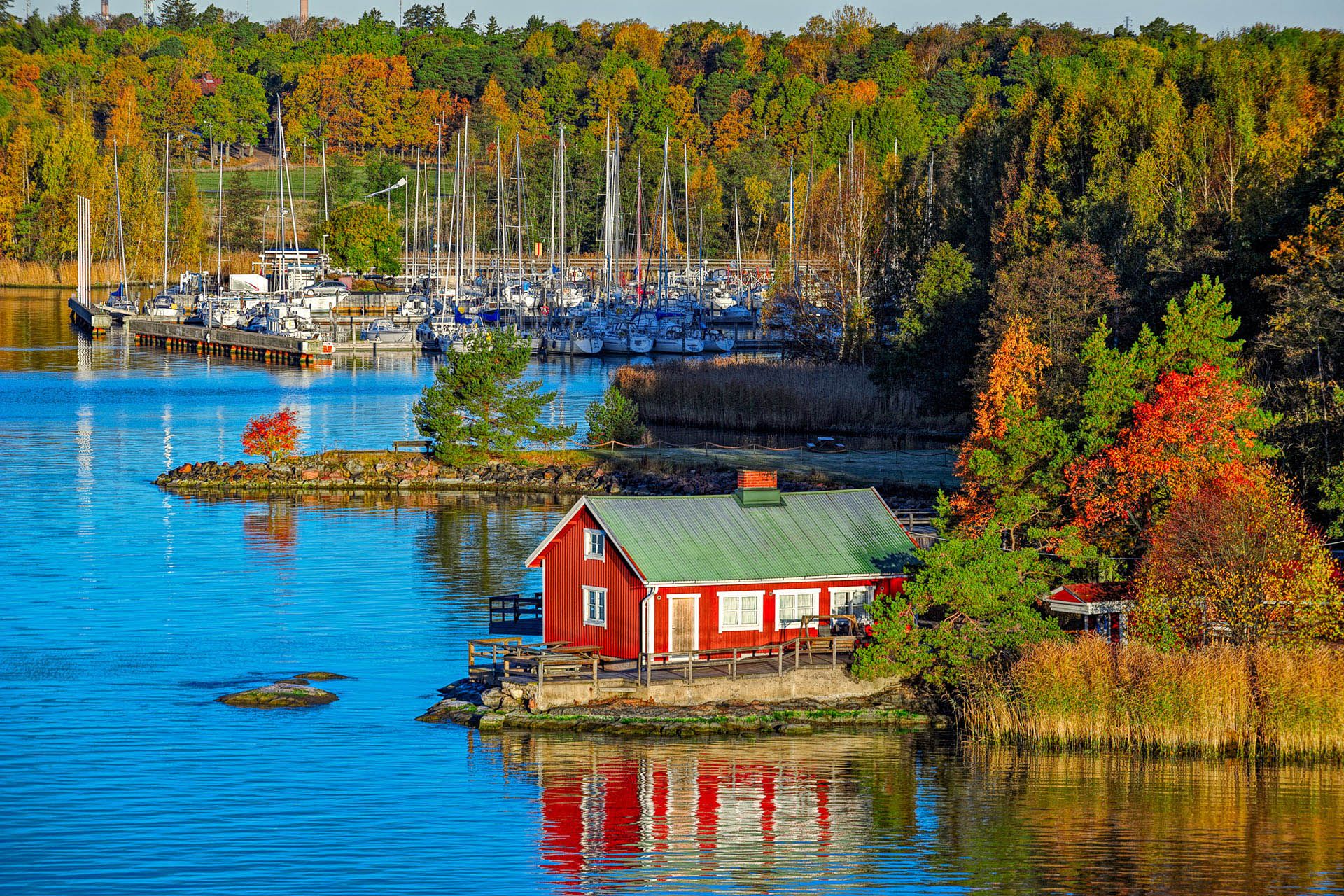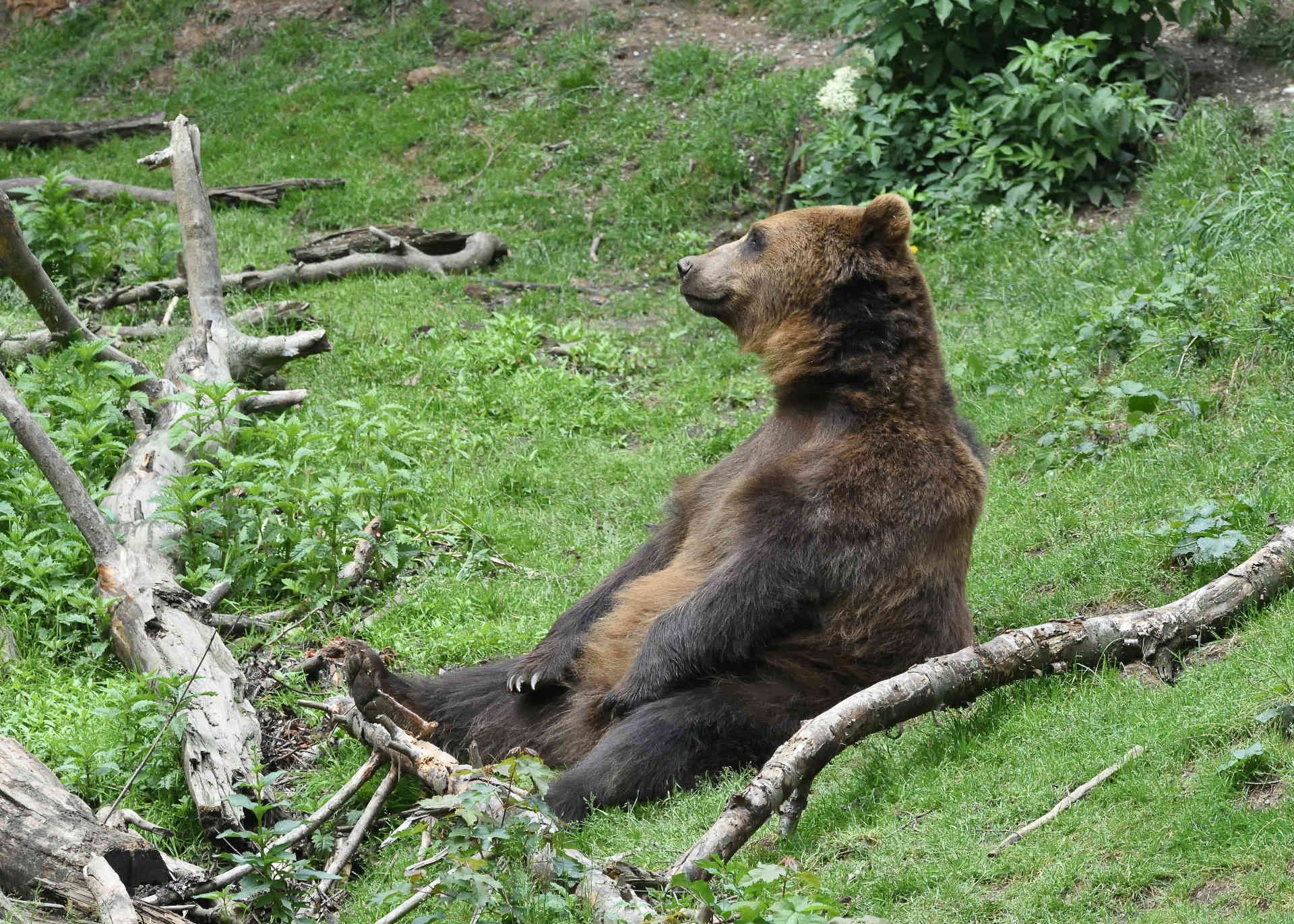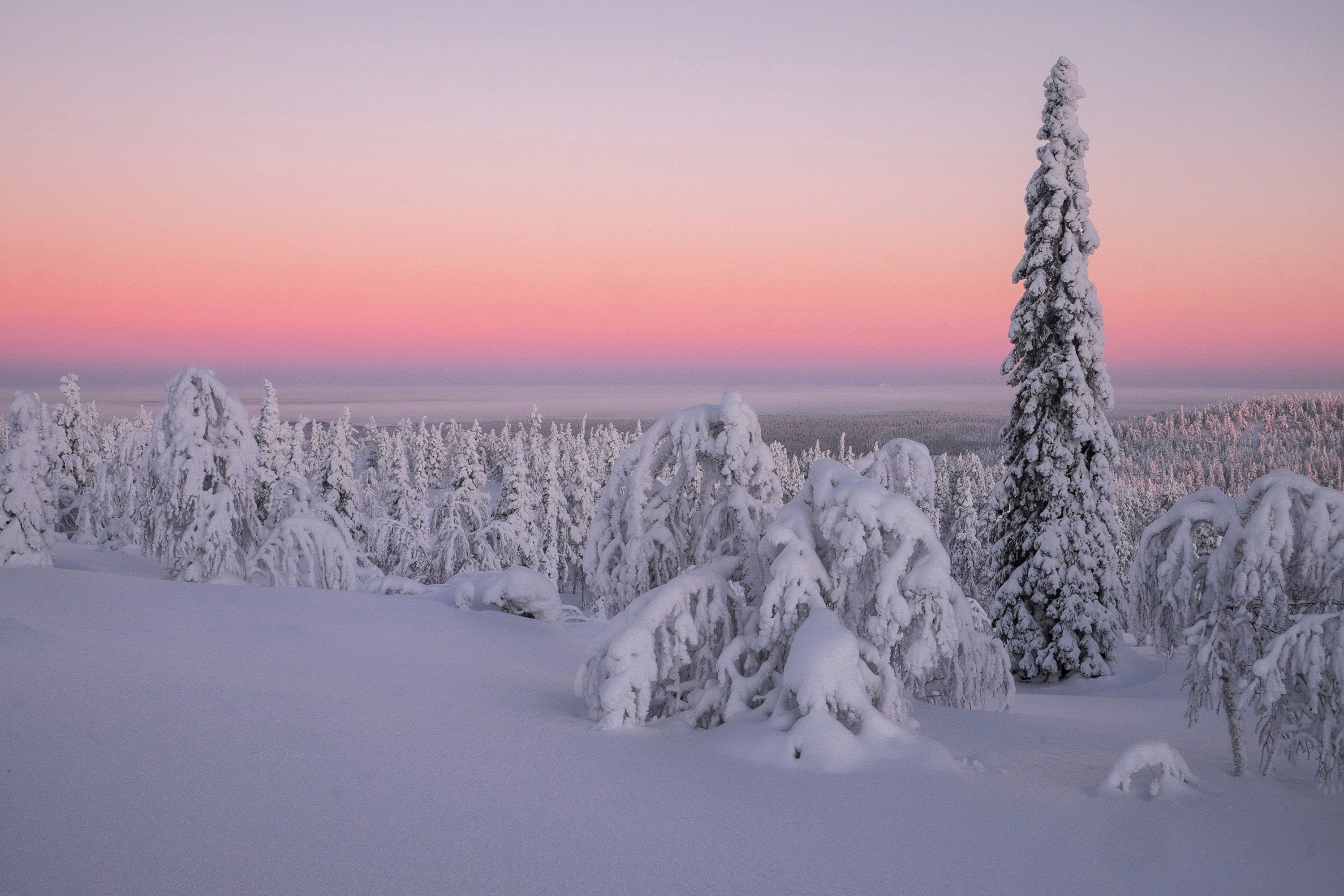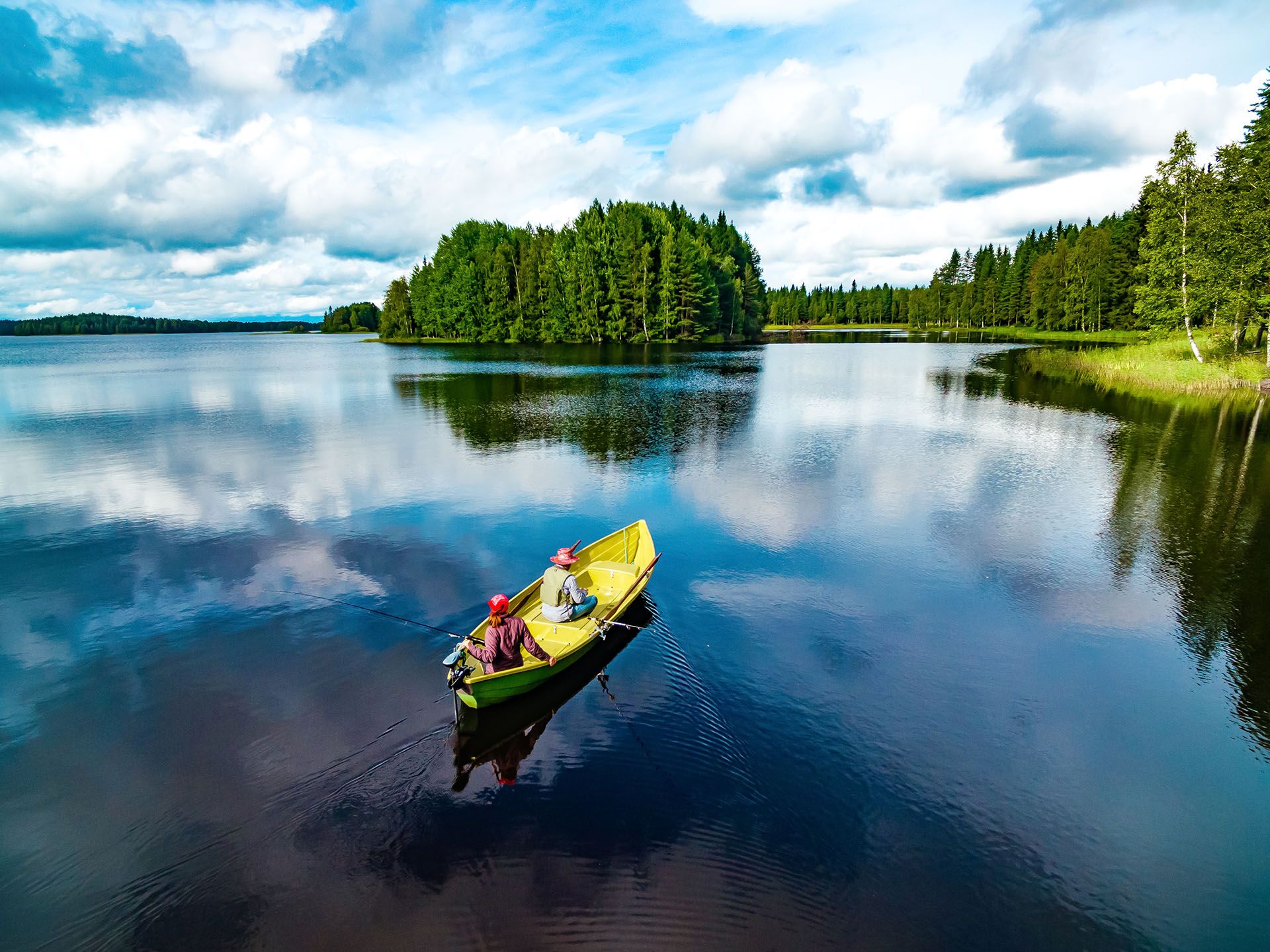Day 2: Turku Archipelago
On day 2 of this Finland itinerary, rent a bike from the tourist center or join a local tour to get out into the archipelago. You’ll start by crossing the Aura River on the Föri ferry. It’s been running since 1904 and still crosses by cable, powered by hand for many years.
Back on land, stop at Turku Cathedral. This is Finland’s national church, with 13th-century frescoes and royal tombs. There’s also a small museum inside showing old religious items and church history.
Then make your way to Ruissalo Island. There are sandy beaches and a botanical garden with hundreds of native and imported plant species. Along the shoreline, you’ll notice large wooden villas from the 1800s, built by shipping families during Turku’s maritime boom.
Insider's tip: Head back to town for dinner at the Market Hall, which has been running since 1896.
Day 3: Turku to Tampere
Travel time: 2 hours by train
Trains from Turku to Tampere run about once an hour and take around two hours. It’s an easy ride inland through small towns and forested stretches.
Once you arrive, head to the Finlayson area. This was once home to one of Finland’s biggest textile factories, and today it’s a neighborhood built into the old brick buildings with cafés, shops, and galleries in the old factory halls. The Market Hall nearby is a good lunch stop. Mustamakkara, the local blood sausage, is served with lingonberry jam and has been a staple here for over a hundred years.
From there, follow the river to the Vapriikki Museum Centre. It’s inside a former engineering works and now houses rotating exhibitions, from nature and history to Finnish hockey.
Insider's tip: If you plan to visit multiple museums, grab a Museums Pass at Vapriikki. It gives you access to several throughout the city.

























